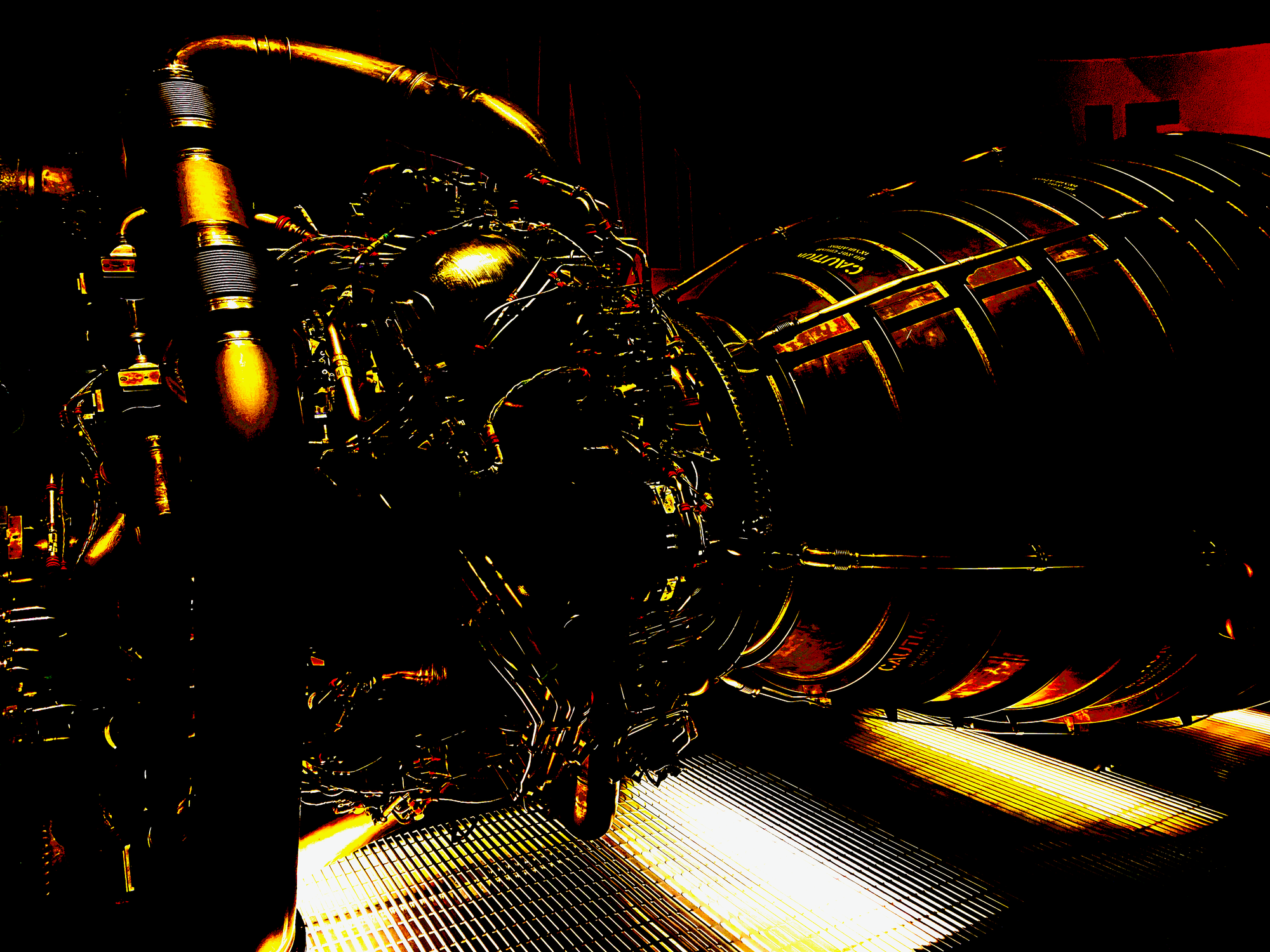The Thinker’s Sanctuary: Science Fiction for Space

There have been noticeable trends in science fiction. I want to share some initial thoughts in response to these space-related conversations. First, I define modern science fiction in its simplest terms as the artistic genre in literature, film, visual arts, music, and other aesthetic expressions, that addresses scientific advances of the 19th, 20th, and 21st centuries. Second, science fiction builds and expands on the scientific ideas, methods, and tools available at a given time. Finally, unlike the broader genre of speculative fiction or the studies in futurology, I adhere to the purist premise that, at its core, science fiction considers the laws of physics and the scientific method, which champions the empirical research and experimentation that can be verified and reproduced.
Science fiction isn’t just a freehand speculative creative exercise as some have portrayed it to be. Neither is it an escapist fantasy alone with magical, esoteric, or supernatural explanations. Science fiction favors experimentation. This is why science fiction continues to inspire scientists, engineers, entrepreneurs, investors, leaders, and artists. The medium is more than a creative exercise. It's vital to any serious push for space science and engineering.

Science fiction takes inspiration from space science
An example in stories
The Russian-born Konstantin E. Tsiolkovsky, or Tsiolkovskii (1857-1935), was a self-taught physicist, mathematician, and inventor pioneering astronautical engineering and many of the theoretical foundations for space travel, including multi-stage liquid-fueled rocketry. While living and teaching math and physics in the provincial town of Kaluga, Tsiolkovskii derived the classical rocket equation in 1903, which bears his name describing a rocket’s basic principle of motion.
Tsiolkovskii was also a prolific writer of science fiction stories and philosophical essays. Some biographical accounts indicate he was inspired by the Jules Verne novels and wrote science fiction stories that popularized many of his scientific endeavors while pursuing the creative and artistic freedom to merge science with art. Unfortunately, this history is not very well known, even among space enthusiasts, and it is unfortunate.

